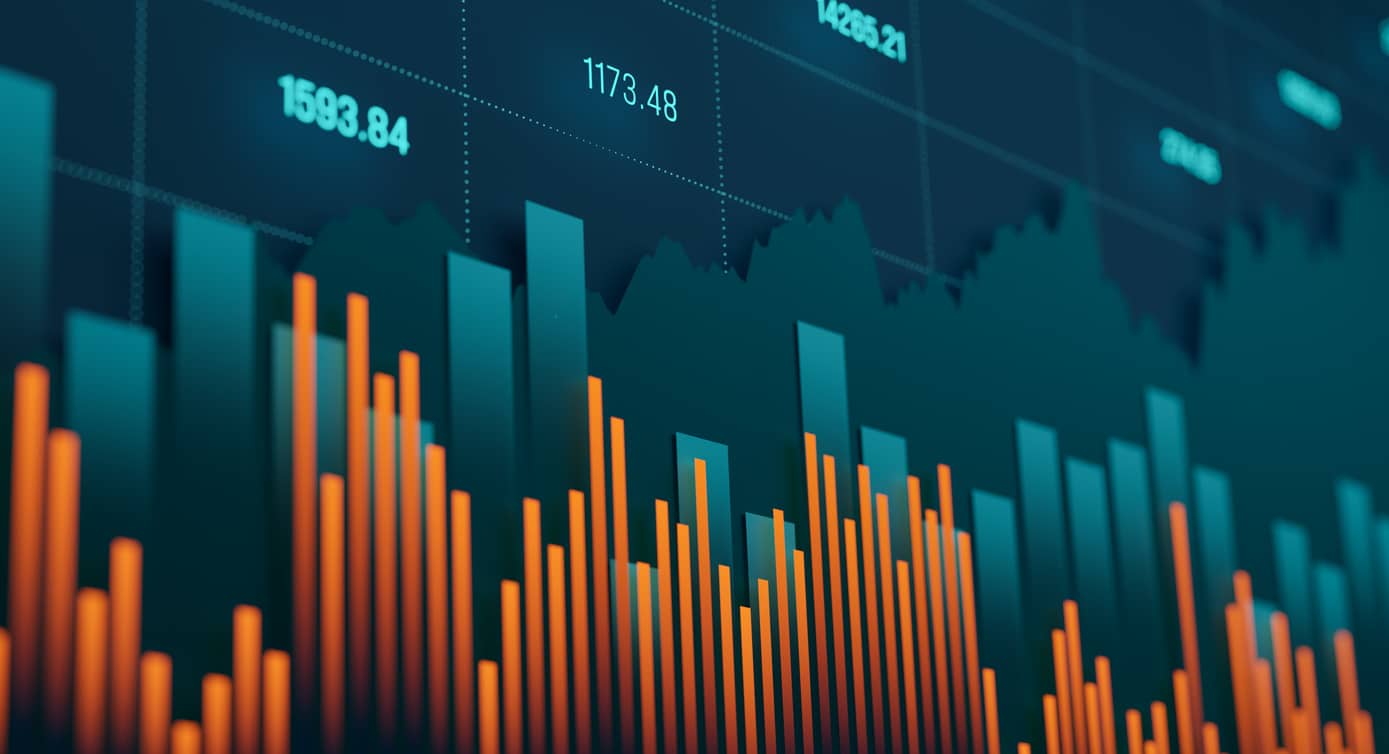During the first quarter of 2025, particularly in recent weeks, we have witnessed one of the most volatile periods in financial markets since early 2020 (COVID). There are three main realities that investors have started to come to grips with this year that are at the heart of Q1’s dramatic market transition.
AI Shifted Dramatically
First, the AI landscape shifted dramatically when China’s DeepSeek development challenged US tech dominance. This technological disruption contributed to significant volatility in semiconductor and tech stocks, particularly affecting the “Magnificent Seven” tech giants that have led market performance for years. The implications extend beyond immediate market reactions, potentially reshaping the competitive landscape between US and Chinese tech companies for years to come.
Department of Government Efficiency (DOGE)
The second major catalyst has been the new administration’s fiscal policy through the Department of Government Efficiency (DOGE). This initiative is driving a significant reduction in government spending, unwinding the US government spending bubble that grew 65% over five years. With the US government representing effectively the world’s third-largest economy, this contraction is already having ripple effects throughout markets and the broader economy, raising questions about growth sustainability without the fiscal stimulus that has supported markets since the pandemic.
Tariffs
Finally, the Trump administration has dramatically increased tariffs, pushing the effective US tariff rate above 20% – levels not seen since 1911. This trade liberation initiative ultimately may result in significant reshoring of US manufacturing and supply line, but in the near-term it has sent shockwaves through global markets as these actions have raised serious concerns about global trade contraction and the potential for a worldwide economic slowdown. There was an encouraging development on this front just this week as President Trump stated plans to limit and pause the proposed tariffs on the bulk of our trading partners willing to come to the negotiating table.
Stock Market Volatility
However, despite the welcome news for markets that were flirting with “bear market territory,” policy uncertainty is likely to remain elevated. Moreover, the first two realities mentioned above remain in place, and we also have an economy inherited from the Biden administration where the labor market is softening all while inflation remains stubbornly high, complicating things for the Federal Reserve. Altogether this is an environment ripe for stock market volatility to stay elevated, and therefore this is an opportune time to review some advice for potentially nervous 401(k) investors trying to navigate it all.
Indeed, market volatility is a normal aspect of investing, not a sign of fundamental problems. Financial markets consistently show patterns of expansion and contraction, with downturns invariably followed by recovery and growth over the long term. 401(k) plans are designed with long-term horizons in mind, intended to help investors accumulate wealth over decades while weathering market fluctuations.
John Slavic, CEO and Founder of Slavic401k, shares his expert analysis on the current volatile market situation and provides actionable strategies to help you make informed investment decisions. Watch here:
Historical Perspective on Recovery from Major Downturns
Historical evidence demonstrates market resilience. Despite significant downturns like the Great Depression (79% decline), the “Lost Decade” of the early 2000s (54% cumulative loss), the 2020 COVID-19 crash, and the December 2021 downturn, markets have consistently recovered. The average recovery period for major US market crashes has been approximately two years, with more recent downturns seeing faster recoveries.
A significant advantage for 401(k) investors is the typically long timeframe until retirement. With many retiring in their early to mid-sixties, those in their 20s through 40s have substantial time to benefit from the smoothing effect of long-term investing. Historical evidence shows that investors who maintain positions during downturns ultimately benefit from subsequent recoveries. Since 1950, the S&P 500 has experienced 13 instances of 20%+ declines, averaging 33% drops lasting 338 days, but the bull markets that followed have been robust and lasted considerably longer.
The Perils of Emotional Investing
Emotional investing during market downturns can be detrimental to long-term returns. Selling during declines crystallizes losses and prevents participation in the subsequent rebound. Market timing is exceedingly challenging even for professionals, and studies show that missing even a few of the market’s best days can significantly erode overall returns. Many substantial gains occur in the early stages of recovery, often during or shortly after bear markets.
Benefits of Dollar-Cost Averaging During Market Downturns
For 401(k) investors making regular contributions, dollar-cost averaging works advantageously during volatility. This strategy involves purchasing more shares when prices are lower and fewer when prices are higher. During market declines, consistent contributions allow investors to acquire more assets at reduced costs, potentially enhancing long-term returns when markets recover.
When faced with volatility, investors should review their asset allocation rather than react impulsively. Younger investors might maintain higher equity allocations, while those nearing retirement might prefer more conservative approaches. Proper diversification across various asset classes is crucial, as different assets perform differently under various market conditions. Target-date funds can automatically adjust asset allocation over time for those who find managing their own allocations challenging.
Investors Should Focus on Aspects They Can Control
Continue consistent contributions regardless of market fluctuations, maximize employer matches, and potentially increase contribution rates during downturns to take advantage of lower prices. It is advisable to limit consumption of financial news during volatile periods, as constant information can amplify anxiety and lead to emotional decisions.
In conclusion, market volatility is unavoidable but should not cause undue alarm. By remaining calm, avoiding emotional reactions, leveraging dollar-cost averaging, maintaining diversification, and focusing on controllable factors, 401(k) investors can effectively navigate market swings and benefit from the market’s long-term upward trend to achieve their financial goals.







